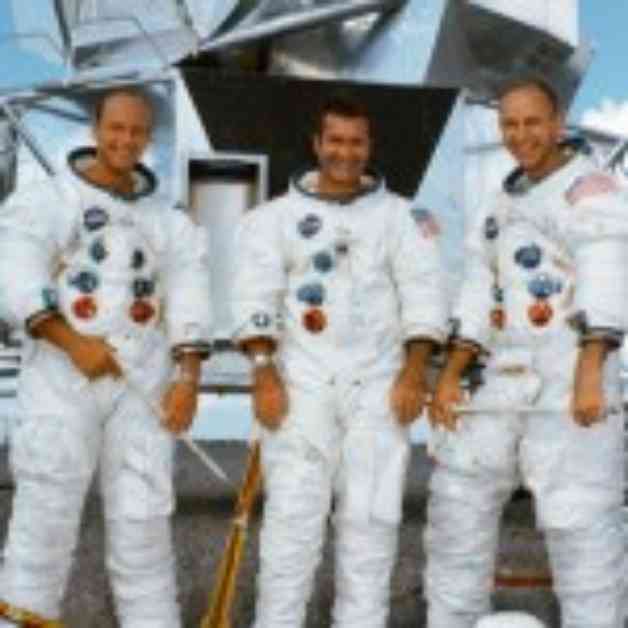In November 1969, Apollo 12 astronauts made history by completing the second crewed lunar landing mission. Commander Charles “Pete” Conrad, Command Module Pilot Richard F. Gordon, and Lunar Module Pilot Alan L. Bean achieved a precise landing in the Ocean of Storms, just a short distance from the Surveyor 3 spacecraft that had landed there in 1967.
The mission got off to a dramatic start when Apollo 12 was struck by lightning just 36 seconds after liftoff. Thanks to the quick thinking of engineer John W. Aaron, who identified and corrected the issue, the astronauts were able to continue their journey to the Moon.
Once in lunar orbit, Conrad and Bean descended to the surface in the Lunar Module Intrepid. They conducted two spacewalks, deploying scientific instruments, collecting samples, and inspecting Surveyor 3. The astronauts also set up the American flag and explored the area around their landing site.
After spending 31 hours on the Moon, the crew returned to the Command Module Yankee Clipper and began their journey back to Earth. They conducted experiments, photographed potential landing sites for future missions, and even observed a total solar eclipse as they passed through Earth’s shadow.
Upon splashdown in the Pacific Ocean, the astronauts were quickly recovered by the USS Hornet and placed in quarantine to prevent any potential contamination from lunar microorganisms. They were later transported to Houston where they were reunited with their families and underwent debriefings and examinations.
Meanwhile, preparations were underway for the next Apollo missions. Apollo 13 was scheduled to launch in March 1970, with a planned landing in the Fra Mauro highlands region of the Moon. The crew, led by Commander James A. Lovell, underwent extensive geology training and continued to prepare for their mission.
Additionally, components for Apollo 14, planned for launch in July 1970, arrived at NASA’s Kennedy Space Center in November 1969. The spacecraft components were being processed and prepared for stacking with the Saturn V rocket in the coming months.
As the Apollo program continued to push the boundaries of space exploration, the world was also experiencing significant events in November 1969, including the premiere of Sesame Street, Pelé scoring his 1,000th goal, and the opening of the first Wendy’s Hamburgers in Columbus, Ohio.
The legacy of Apollo 12 and the preparations for future missions serve as a reminder of humanity’s relentless spirit of exploration and discovery, pushing the limits of what is possible both on Earth and beyond.













